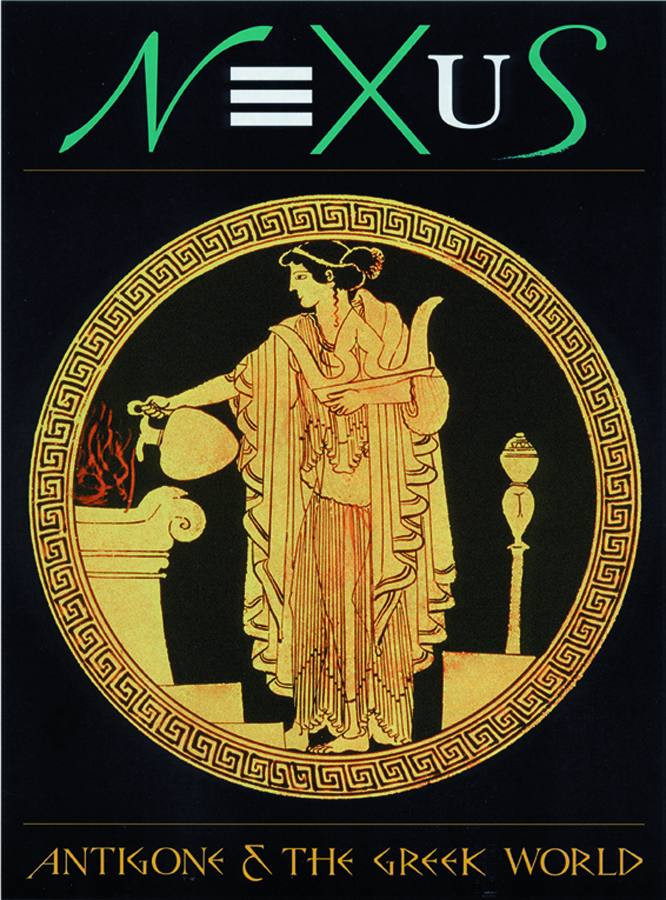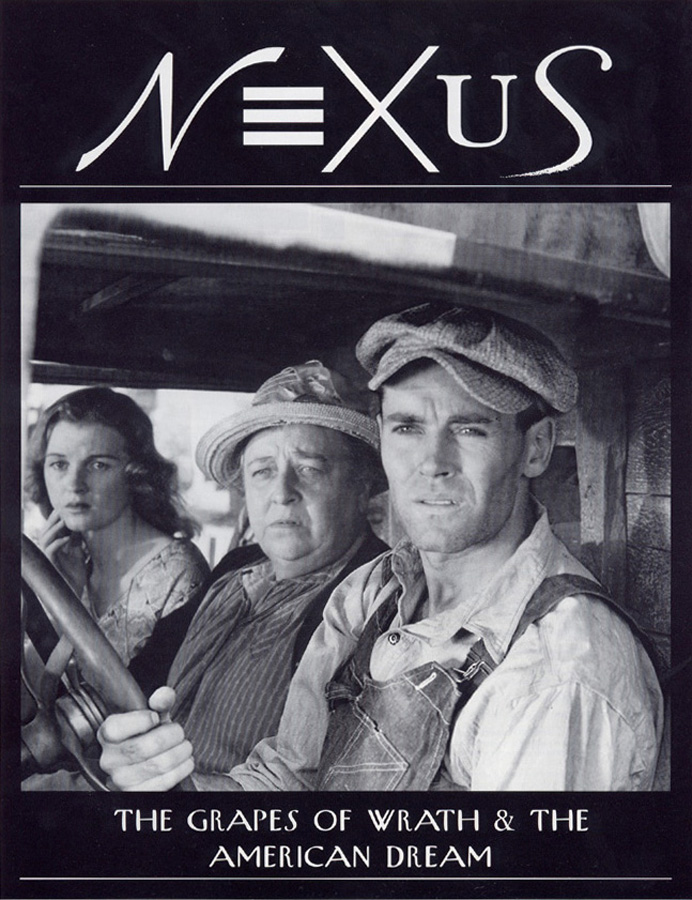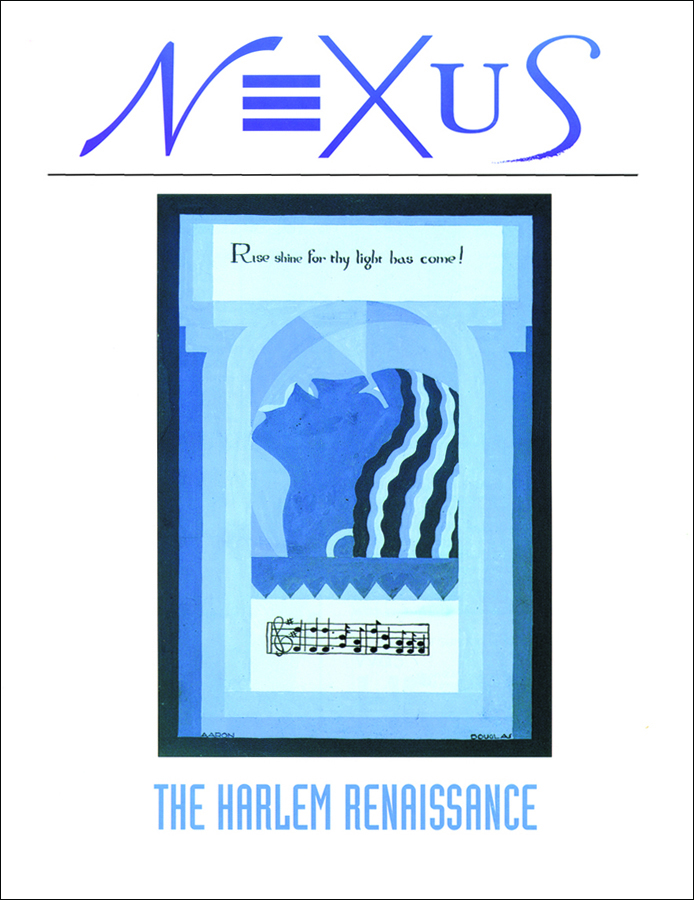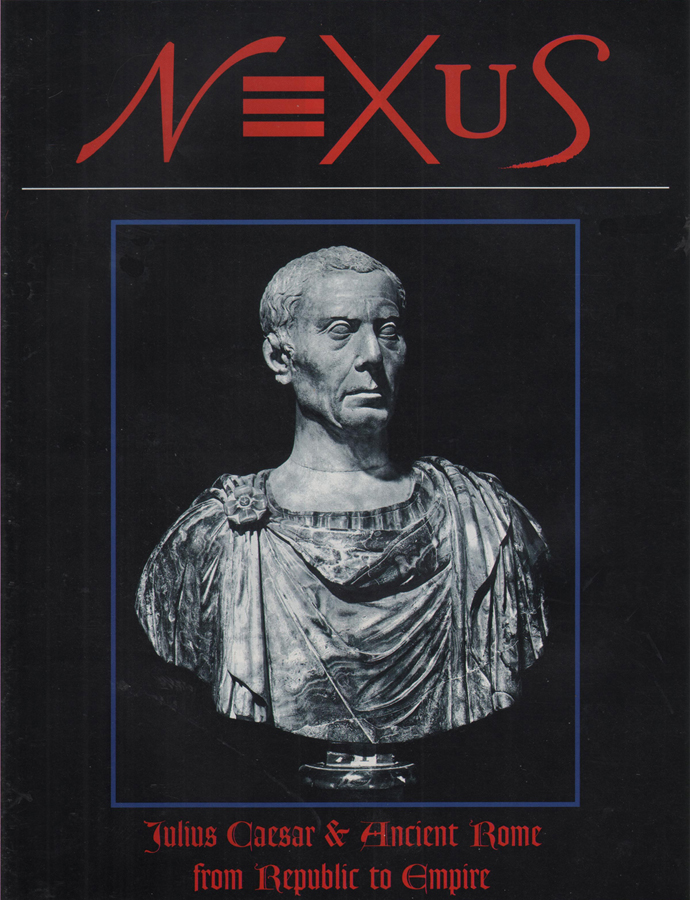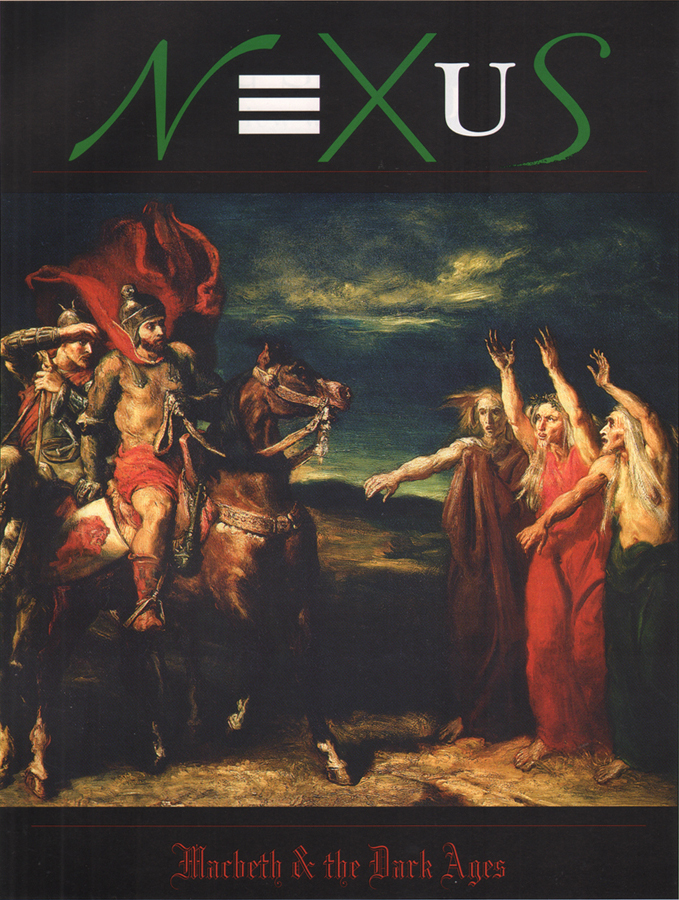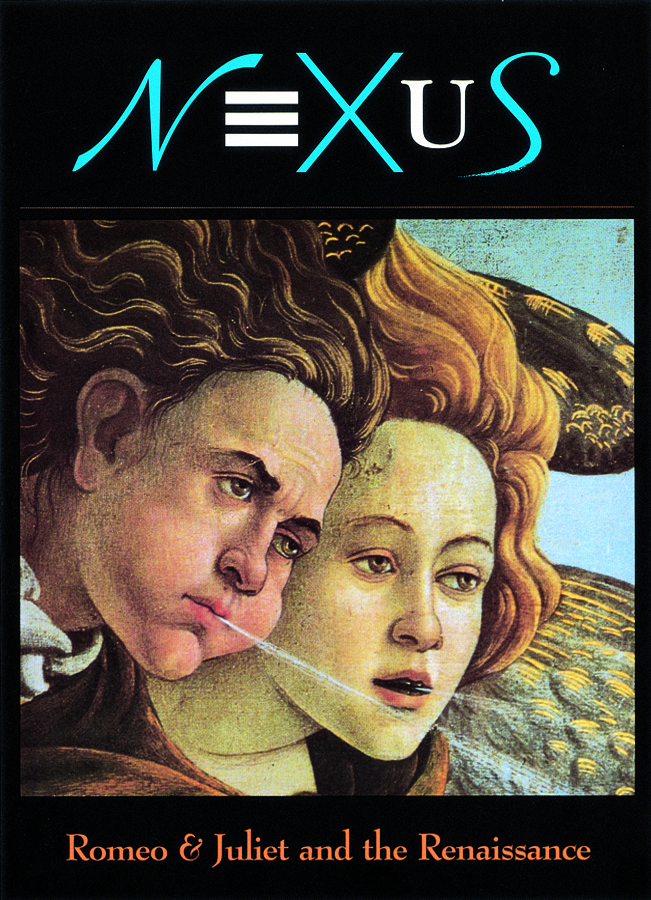Romeo and Juliet Lessons:
These Common-Core aligned FREE and FEE Romeo and Juliet lessons will help students tackle and appreciate Shakespeare’s figurative language, imagine, write and block their own Romeo and Juliet scene, identify and interpret themes in the play, and track the incidents that propel the play’s plot. Our Two-Part Anti-Bullying/Anti-Stereotyping Romeo and Juliet lesson (linked to characters in the play) teaches students the psychology behind bullying and how to defuse bullying and counter its adverse affects. They will also learn to pen their own puns, metaphors and antitheses, which will help them to appreciate and be inspired by Shakespeare’s challenging figurative language.
TO ACCESS THE FREE or FEE LESSONS, REGISTER HERE.
(Each FEE ROMEO AND JULIET Lesson allows 30 days of access.)
TO ENSURE THE INTEGRITY OF THE ANSWERS TO LESSON QUESTIONS, THEY ARE NOT POSTED ONLINE.
TO REQUEST THE ANSWERS, EITHER EMAIL US, USING THE LINK BELOW, WITH YOUR DEPARTMENT HEAD’S OR PRINCIPAL’S SCHOOL EMAIL ADDRESS. (Answers will not be sent to personal email addresses.)
OR
SEND AN SASE (with the appropriate amount of postage) ON SCHOOL LETTERHEAD, ADDRESSED TO THE DEPARTMENT CHAIR to
NEXUS, 5017 Archmere Ave., Cleveland, OH 44144
Scene-Writing Lessons
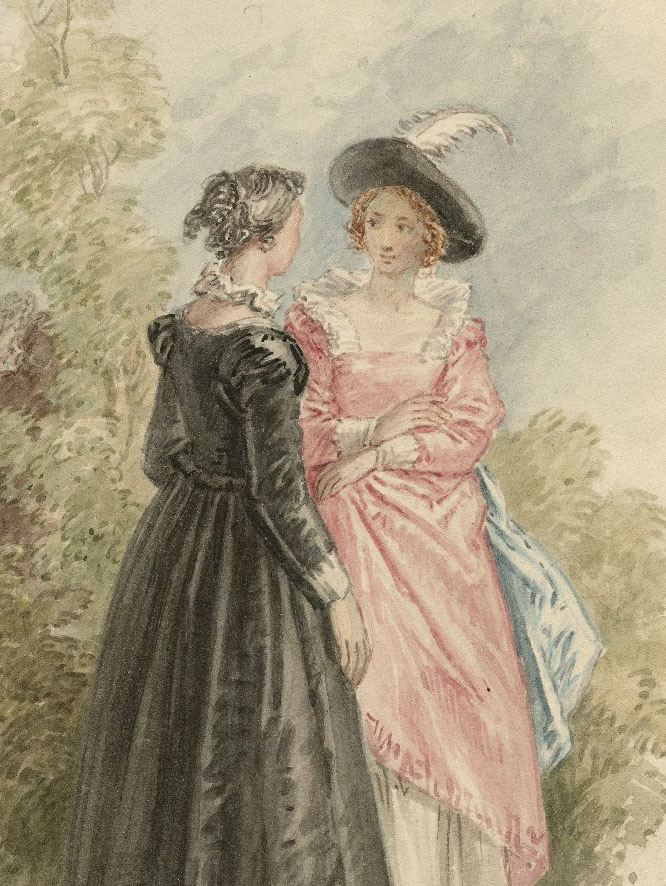
GIRL-TALK, Juliet Meets Rosaline – FREE Lesson
In this Romeo and Juliet lesson, students imagine, write, and perform a scene in which Juliet and Rosaline discuss Romeo the morning after the Capulet feast. Each performance team has the option of writing their scene in Shakespearean English or contemporary English. In either case they must include figurative language – metaphors, antitheses, and puns. The lesson teaches students how to effectively write, block and perform the scene, and it provides students with simple tools that will improve their elocution in general.
STUDENT PORTAL – Girl Talk, Juliet Meets Rosaline
For ACCESS to this FREE ROMEO AND JULIET LESSON
COMMON CORE STANDARDS MET WITH THIS LESSON:
CCSS.ELA-LITERACY.RL.9-10.3
Analyze how complex characters (e.g., those with multiple or conflicting motivations) develop over the course of a text, interact with other characters, and advance the plot or develop the theme.
CCSS.ELA-LITERACY.RL.9-10.4
Determine the meaning of words and phrases as they are used in the text, including figurative and connotative meanings; analyze the cumulative impact of specific word choices on meaning and tone (e.g., how the language evokes a sense of time and place; how it sets a formal or informal tone).
Image Courtesy of Folger Shakespeare Library
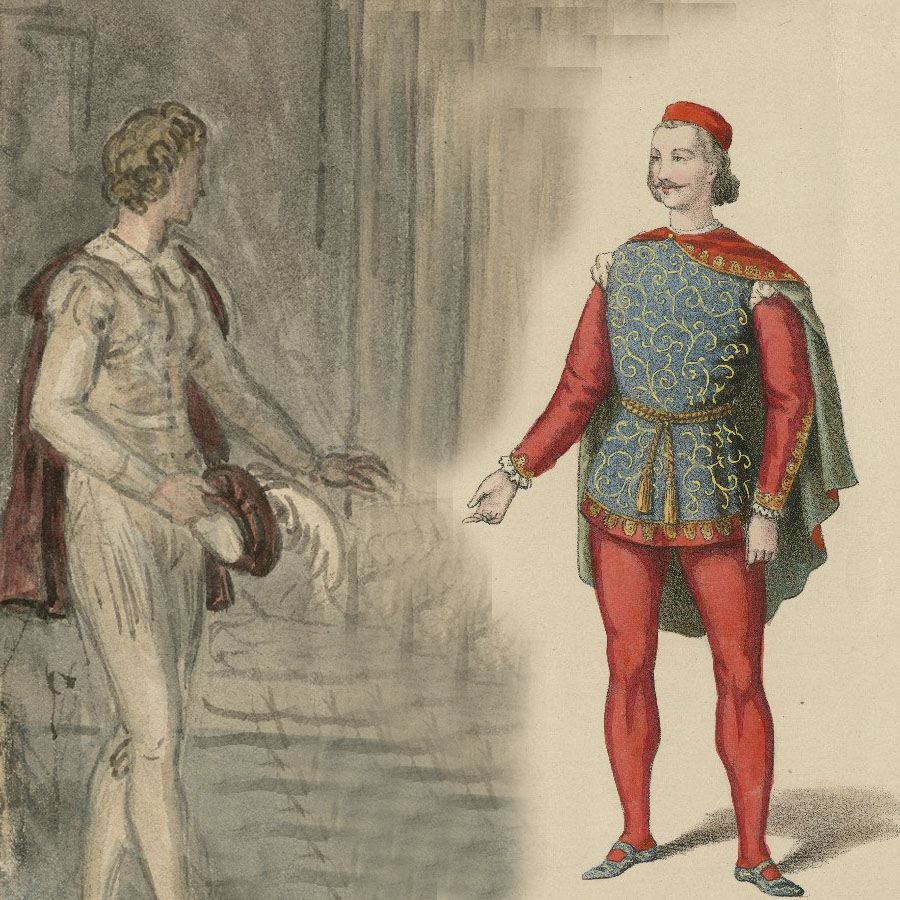
GUY TALK, Romeo Meets Paris – FREE Lesson
In this Romeo and Juliet lesson, students imagine, write, and perform a scene in which Romeo and Paris meet and discuss Juliet the morning after the Capulet feast. Each performance team has the option of writing their scene in Shakespearean English or contemporary English. In either case they must include figurative language – metaphors, antitheses, and puns. The lesson teaches students how to effectively write, block and perform the scene, and it provides students with simple tools that will improve their oral delivery.
STUDENT PORTAL – Guy Talk, Romeo Meets Paris
For ACCESS to this FREE ROMEO AND JULIET LESSON
COMMON CORE STANDARDS MET WITH THIS LESSON:
CCSS.ELA-LITERACY.RL.9-10.3
Analyze how complex characters (e.g., those with multiple or conflicting motivations) develop over the course of a text, interact with other characters, and advance the plot or develop the theme.
CCSS.ELA-LITERACY.RL.9-10.4
Determine the meaning of words and phrases as they are used in the text, including figurative and connotative meanings; analyze the cumulative impact of specific word choices on meaning and tone (e.g., how the language evokes a sense of time and place; how it sets a formal or informal tone).
Image Courtesy of Folger Shakespeare Library
Romeo and Juliet Eye Themes Lesson
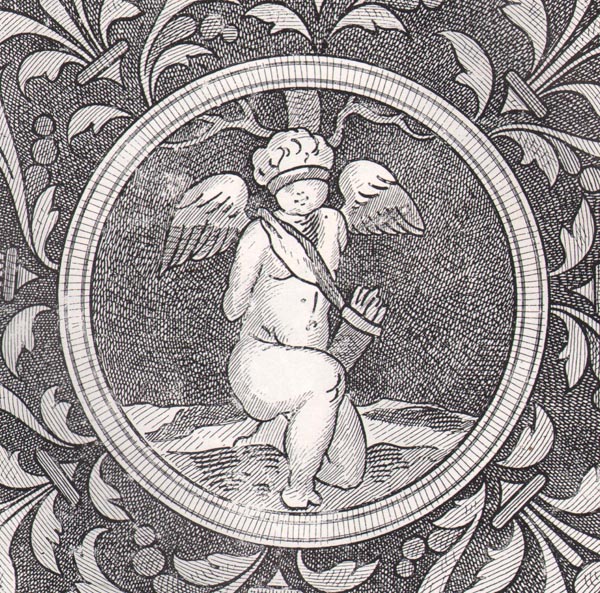
Love is Blind – FREE Lesson
In the first part of this lesson, students identify and examine the repeated references to blind love (Cupid is blind) in Romeo and Juliet. In what way(s) is love blind? Are people who fall in love at first sight blind to each other’s faults?
STUDENT PORTAL – Eye Themes in Romeo and Juliet
For ACCESS to this FREE ROMEO AND JULIET LESSON
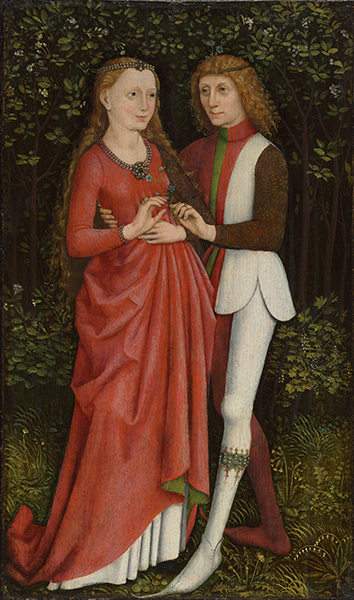
Love at First Sight – FREE Lesson
In the second half of this lesson, students examine “love” based on physical appearance in the play. Friar Lawrence observes: “Young men’s love then lies/Not truly in their hearts, but in their eyes.”
ROMEO: Did my heart love till now? Forswear it, sight!
For I n’er saw true beauty till this night.
COMMON CORE STANDARDS MET WITH THIS LESSON:
Cite strong and thorough textual evidence to support analysis of what the text says explicitly as well as inferences drawn from the text.
Determine a theme or central idea of a text and analyze in detail its development over the course of the text, including how it emerges and is shaped and refined by specific details; provide an objective summary of the text.
Analyze how complex characters (e.g., those with multiple or conflicting motivations) develop over the course of a text, interact with other characters, and advance the plot or develop the theme.
Determine the meaning of words and phrases as they are used in the text, including figurative and connotative meanings; analyze the cumulative impact of specific word choices on meaning and tone (e.g., how the language evokes a sense of time and place; how it sets a formal or informal tone).
Romeo and Juliet Anti–Bullying/Anti-Stereotyping Lessons 1 & 2
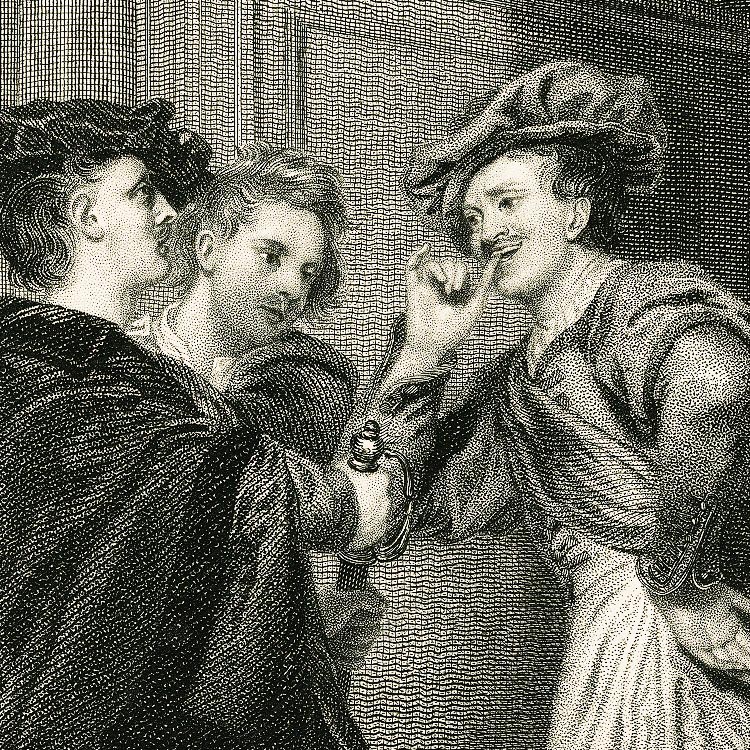
Fighting Words in Romeo and Juliet – Anti-Bullying Lesson Part I – FREE Lesson
Students explore the causes of bullying and healthy ways to deal with and defuse it.
STUDENT PORTAL – Fighting Words in Romeo and Juliet-Anti-Bullying Lesson Part I
For ACCESS to this FREE ROMEO AND JULIET LESSON
Fighting Words in Romeo and Juliet – Anti-Bullying, Anti-Stereotyping Lesson Part II – FEE Lesson
Part II examines specific types of bullying and provides students with psychological tools to help them deflect bullying and name-calling.
STUDENT PORTAL – Fighting Words in Romeo and Juliet-Anti-Bullying Lesson Part II
Red Light – Green Light Game — Tracking the Play’s Plot

Red Light – Green Light Game – FEE LESSON
This game-formatted lesson facilitates close reading of Romeo and Juliet. External and internal forces drive many of the characters to act precipitously in Romeo and Juliet, propelling the play toward its tragic conclusion. But there are opposing forces that advocate a cautious approach: “they stumble that run fast,” “let two years ripen in their prime/ere we think her ripe to be a bride,” etc. In the exhilarating Romeo and Juliet Red Light Green Light Game, students track both types of forces and their interaction throughout the play as well as the evolution of characters who are driven by these forces. The Red Light-Green Light game involves the entire class, with students serving as Drivers and a Traffic Cop, and the teacher acting as the Traffic Court Judge.
For only $6, the Red Light-Green Light Game will make navigating the plot entertaining for students and generate class-wide enthusiasm for the play
STUDENT PORTAL – Red Light – Green Light Game
COMMON CORE STANDARDS MET WITH THIS LESSON:
Cite strong and thorough textual evidence to support analysis of what the text says explicitly as well as inferences drawn from the text.
Analyze how complex characters (e.g., those with multiple or conflicting motivations) develop over the course of a text, interact with other characters, and advance the plot or develop the theme.
Determine the meaning of words and phrases as they are used in the text, including figurative and connotative meanings; analyze the cumulative impact of specific word choices on meaning and tone (e.g., how the language evokes a sense of time and place; how it sets a formal or informal tone).
Penning Puns, Antitheses and Metaphors
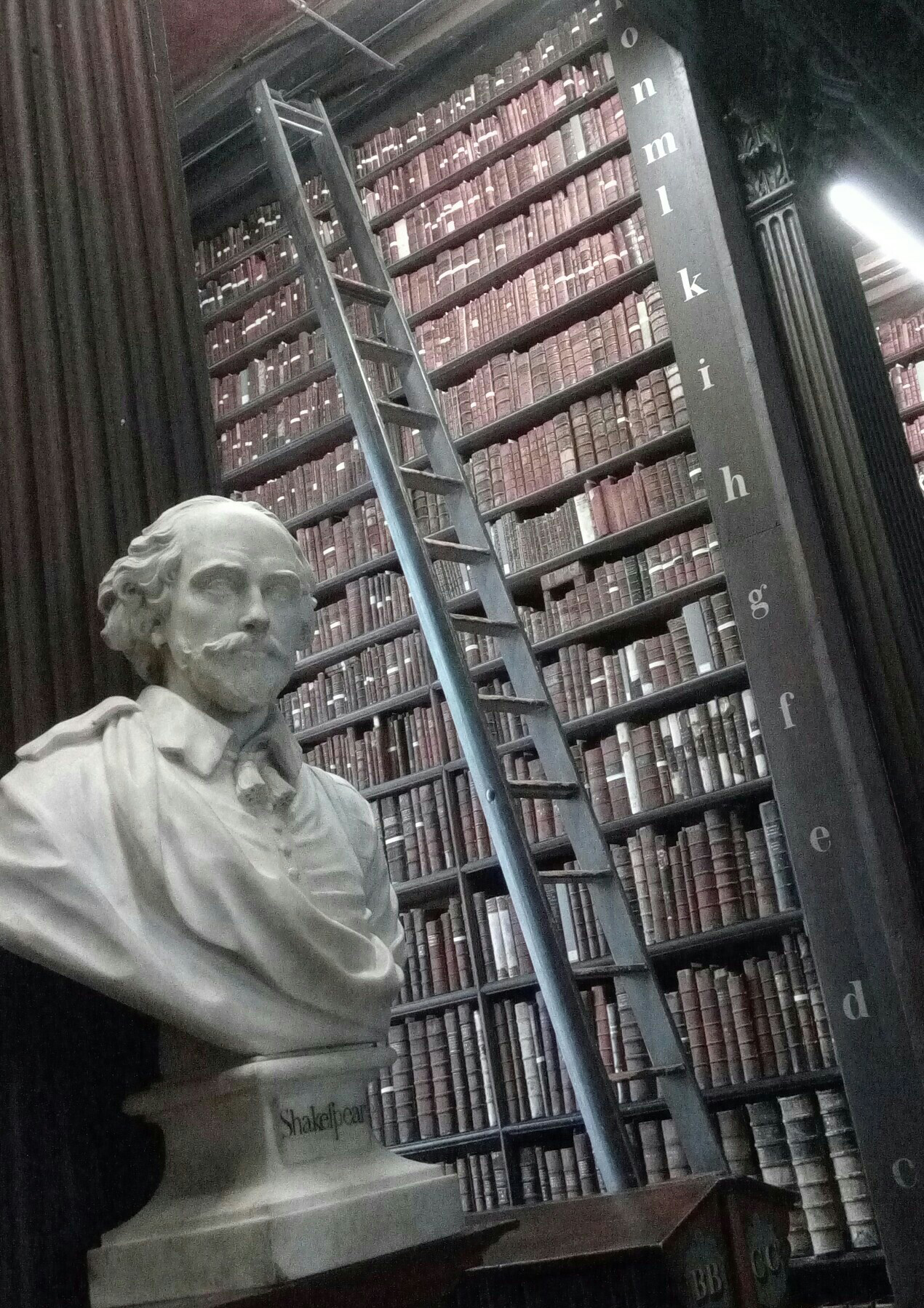
Writing à la Shakespeare – FEE Lesson
SHAKESPEARE’S language doesn’t have to stump students. The HOW TO PEN PUNS, METAPHORS & ANTITHESES lesson teaches them, step by step, how to write their own metaphors, antitheses and puns.
When students learn to WRITE figurative language, they are much more adept at READING it.
This lesson can be used with any Shakespeare play. For only $6 (for the entire class), the HOW TO PEN PUNS, METAPHORS & ANTITHESES lesson will change how students respond to Shakespeare’s language forever. After creating their own antitheses, metaphors and puns students will appreciate and be able to readily explicate Shakespeare’s figurative language.
Student Portal – How to Pen Puns, Antitheses, and Metaphors Lesson
COMMON CORE STANDARDS MET WITH THIS LESSON:
Determine the meaning of words and phrases as they are used in the text, including figurative and connotative meanings; analyze the cumulative impact of specific word choices on meaning and tone (e.g., how the language evokes a sense of time and place; how it sets a formal or informal tone).l tone).
Shakespeare Study Hall (Coming Soon)
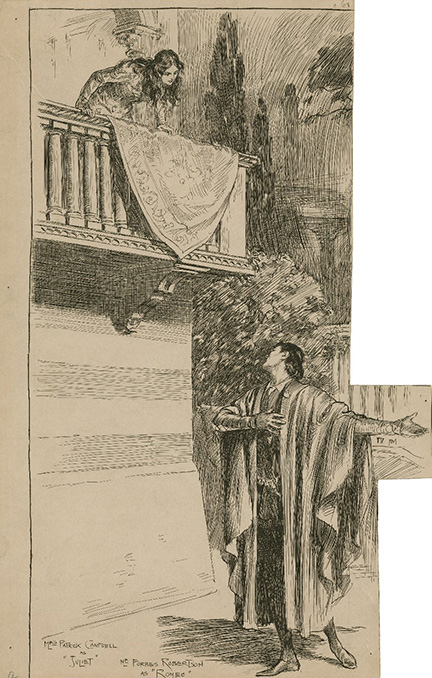
Tackling the Figurative Language in Shakespeare’s Plays
In the online SHAKESPEARE STUDY HALL students explicate Shakespeare’s figurative language using graphic tools that help them to identify antithesis, parallelism, oxymoron, etc. The language is made clear and entertaining with cartoons that SHOW what Shakespeare SAYS.
The SSH is divided into three rooms – brain workout rooms: 1) the Romeo and Juliet Room; 2) the Macbeth Room; and 3) the Julius Caesar Room. Each year students’ facility with Shakespeare’s figurative language will greatly improve as they advance to the higher numbered rooms and tackle increasingly challenging exercises – or mental aerobics. As students acquire mastery over Shakespeare’s language, their reading and critical thinking skills will dramatically improve in literature and all other subjects.
NEXUS is a 501(c)(3) nonprofit based in Cleveland, OH. Our mission is to provide schools with outstanding interdisciplinary resources that inspire students to THINK, LINK and IMAGINE.
A portion of our proceeds is donated annually to UNICEF’S Audrey Hepburn All Children in School Fund.


